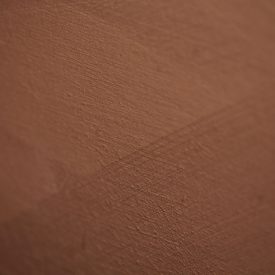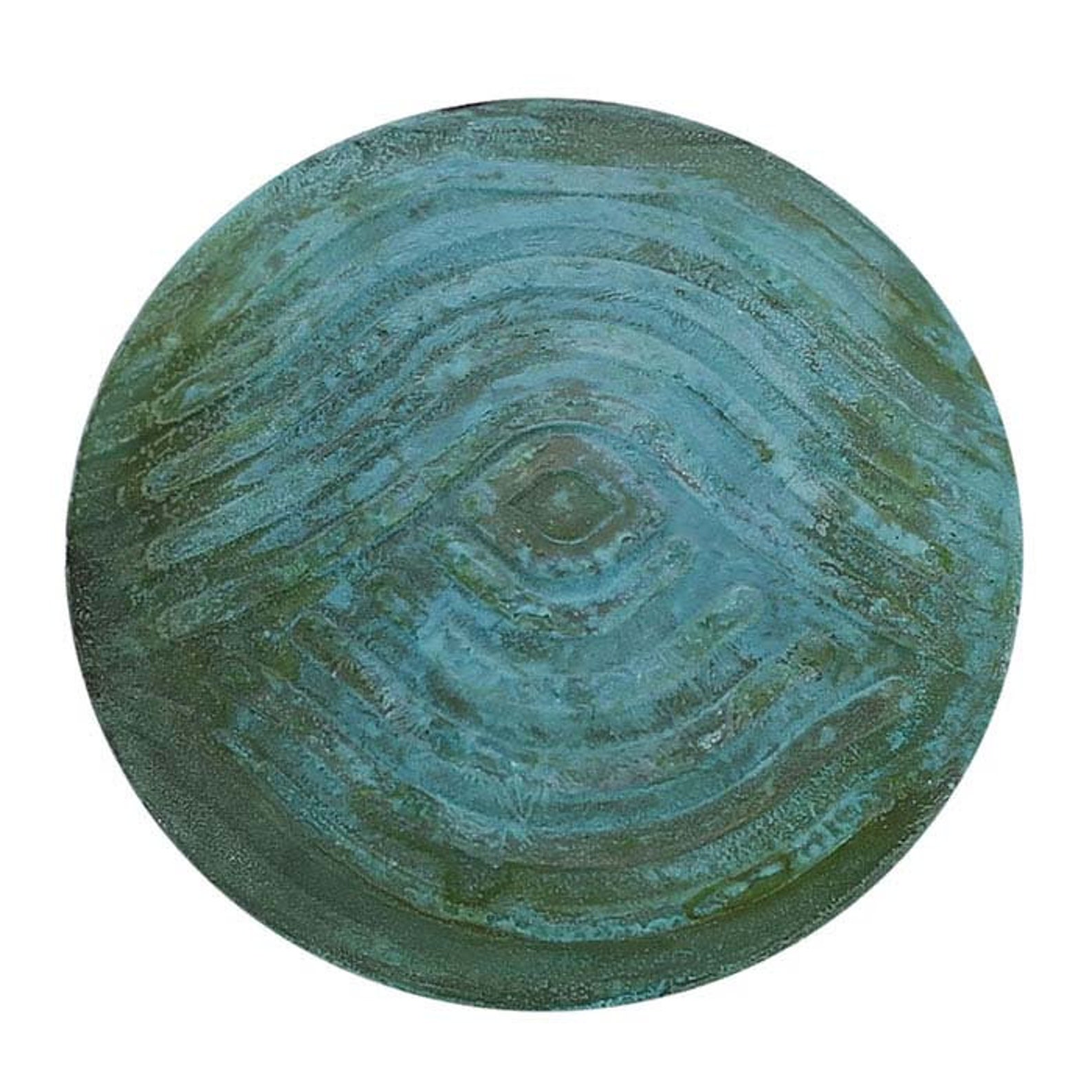

Here is my sample done on a copper tubing end cap. It would also dissolve much easier than the hard block. I found that eBay has ammonium chloride powder cheaper than what I paid for the block. I got a sal ammoniac block from Ace at the time but I don't see it now at their website. You can also soak sawdust with the patina and pack it around the copper piece and seal it in a plastic bag for a day or 3.
#GREEN PATINA COPPER FREE#
Spray the patina on the clean oil free copper and let set for 2 or 3 hours to dry then repeat 3 or so more times until you get what you want. Warm or hot water will help the solids dissolve better. Mix all in a plastic container that will be only for the patina mix and not used for other things. 1 Tbsp ammonium chloride (Sal ammoniac).What I like about it is it works fast and you can just paint or spray the solution on any part you want. We hope this guide is helpful in helping you understand whether your item will acquire a patina.I posted this a while ago but I think this is a good place to re-post it.
#GREEN PATINA COPPER SERIES#
Lew's Hardware 31-115 Bar Series Round Bar Handle

The following items, for example, are all lacquered The ratio needed will depend on the binder you use. Step 2 Measure your binding medium into a cup. If in doubt, mix a small amount to begin with you can easily mix more.

The amount you will need will depend on the size of your project. You may also be able to tell from the price as items in unlacquered brass tend to have a higher price tag, even as compared to the same item being offered in other finishes. Step 1 Measure out the powder into a cup. Generally, items that are unlacquered will specifically say so. If you are one of those who is looking for unlacuqered brass, then you need to find items that are listed as such. Any time you see an item listed in those finishes it will most likely be lacquered and the color won't change. All of those finishes require a lacquer in order to remain the same tone over time. If it works well, repeat on the remainder of the brass piece. Let it sit for a few seconds, then wipe clean with a damp cloth. Most items listed as polished brass, satin brass or brushed brass will generally be lacquered. 1.Start by squirting a small amount of ketchup onto the brass in an inconspicuous spot, such as the bottom.
#GREEN PATINA COPPER HOW TO#
How to tell if the item is lacquered or unlacquered? The truth is that most clients nowadays like the modern brass and satin brass finishes, which will be lost if the item is not protected with a lacquer. This lacquer top coat is meant to preserve the finish as it exists the moment you purchase your hardware. Most modern hardware, including 99% of the hardware we sell here at Forge Hardware Studio will not patina because the hardware has a clear lacquer top coat. When many years pass, the brass or copper itself will become covered in the green patina hue, like the Statue of Liberty(which one had a copper hue in the late 19th century)!īut she is now green and covered in patina.īrass hardware goes through a similar process if the brass is unlaquered and the brass metal itself is exposed to the elements. Before the surface turns green, however, which can take a while, unlacquered brass items develop a beautiful toned-down brass tone like the one in this beautiful door knob below. 'Patina' is a term that refers to the blue-green layer of corrosion that develops on the surface of copper and brass when it is exposed to sulfur and oxide compounds. What is patina?Ī word that often comes up in the context of design is patina so we thought it would be a great idea to start with the basics. The short answer: most modern items will not change color or acquire a patina. While some might prefer the shiny, warm finish of new brass, many love the patina finish of older brass. We get this questions because our clients would like to know whether the item's color will change or in other words whether it will acquire a patina over time. A very common question we get from our clients is whether a particular brass item, such as a brass cabinet knob or brass drawer handle, is lacquered or unlacquered.


 0 kommentar(er)
0 kommentar(er)
